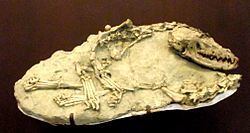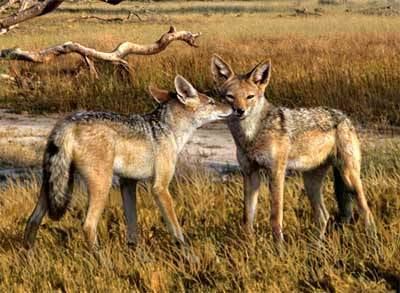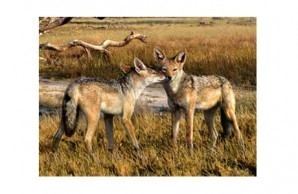Suborder Caniformia Order Carnivores | ||
 | ||
Similar Leptocyon, Carnivores, Canis lepophagus, Archaeocyon, Canis edwardii | ||
Eucyon (Greek: Eu-primitive; cyon-dog) is an extinct genus of small omnivorous coyote-like canid that first appeared in North America during the Miocene, living from 10.3—3.6 Ma and existed for approximately 6.7 million years. The genus is notable because it is proposed that its lineage gave rise to genus Canis.
Contents
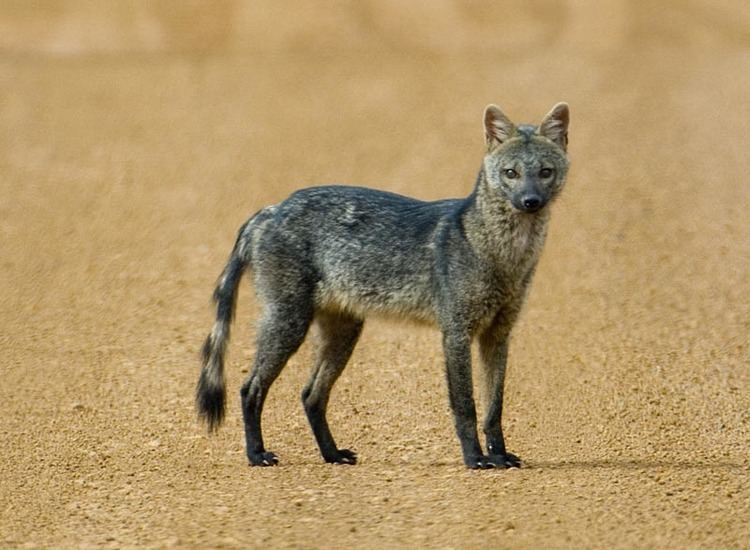
Taxonomy
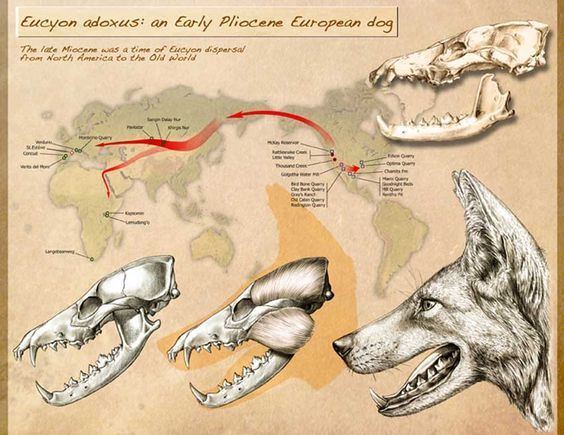
Eucyon was named by Tedford and Qiu in 1996. Phyletically it stood between Canis and the South American canines that would follow it. In 2009, Tedford revised its diagnosis and described two of its species, E. skinneri and E. davisi, which was originally named Canis davisi by Merriam in 1911.
Eucyon davisi
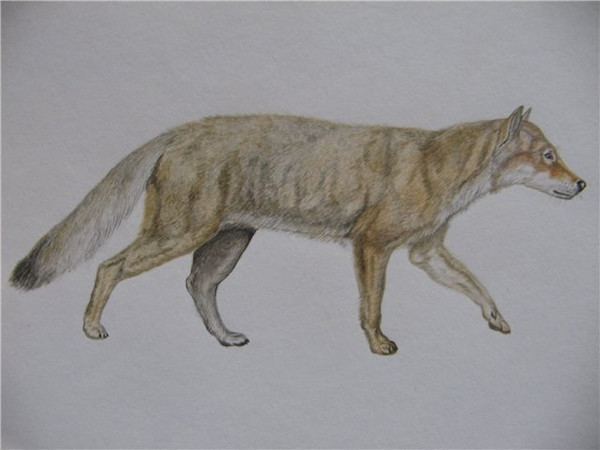
There is general agreement on the most ancient record, which shows that Feliforms and Caniforms emerged within the super-family Carnivoramorpha 43 million YBP. The caniforms included the fox-like Leptocyon genus whose various species existed from 34 million YBP before branching 11.9 million YBP into vulpes (foxes) and canini (canines). The jackal-sized Eucyon existed in North America from 10 million YBP and by the Early Pliocene about 6-5 million YBP the coyote-like Eucyon davisi invaded Eurasia. Wang and Tedford proposed that the genus Canis was the descendant of the coyote-like Eucyon davisi and its remains first appeared in the Miocene (6 million YBP) in south-western USA and Mexico. By the Pliocene (5 million YBP), the larger Canis lepophagus appeared in the same region and by the Early Pleistocene (1 million YBP) Canis latrans (the Coyote) was in existence. They proposed that the progression from Eucyon davisi to C lepophagus to the Coyote was linear evolution.
Description
A small canid the size of a jackal and weighing around 15 kg.
Fossil distribution
The fossil remains are confined to the Rio Grande, Texas, to western Oregon and to northern Nebraska.
